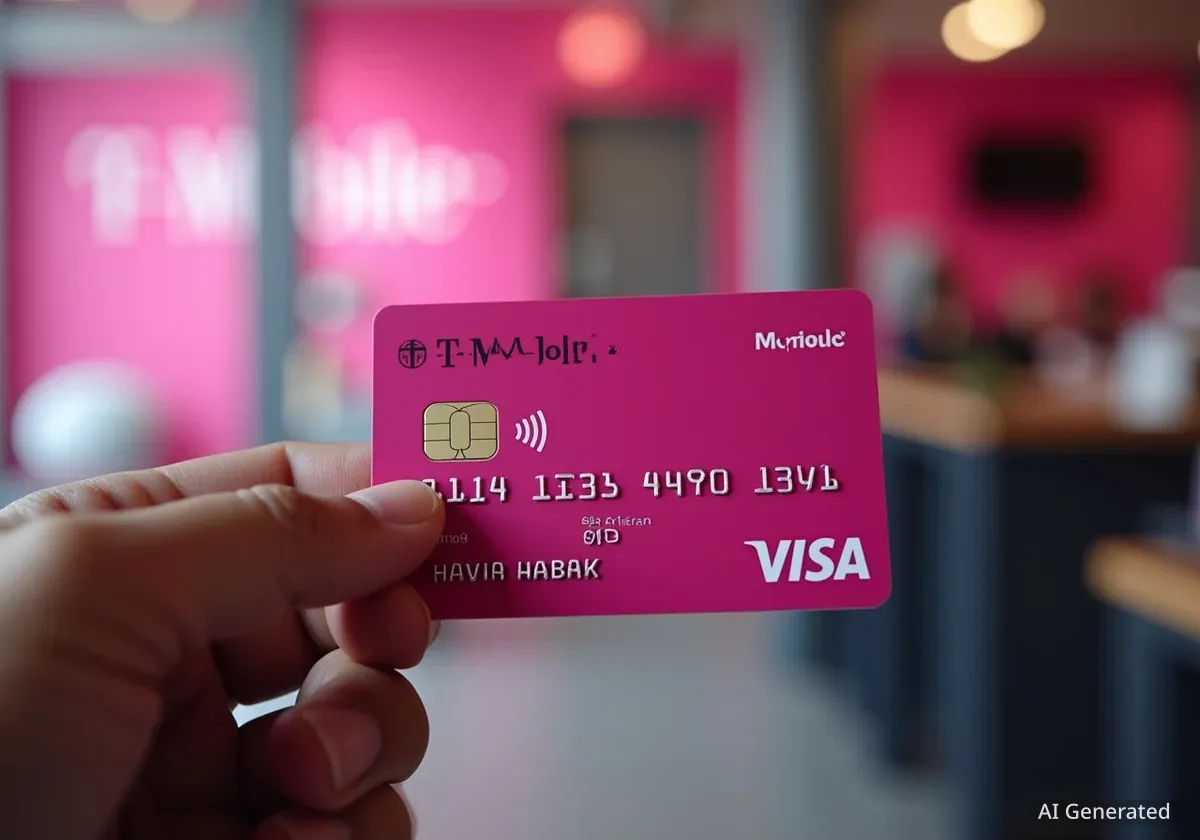The market for tokenized real-world assets is projected to expand dramatically, potentially reaching a value of nearly $2 trillion by 2028, according to a new forecast from Standard Chartered Bank. This represents a significant increase from its current estimated size of approximately $35 billion.
Analysts at the bank suggest this growth will be largely driven by the foundation laid by stablecoins, with the Ethereum network expected to capture the majority of the activity.
Key Takeaways
- Standard Chartered forecasts the tokenized real-world asset (RWA) market could grow to $2 trillion by 2028.
- The current market size is estimated at around $35 billion, indicating massive potential growth.
- The bank identifies the expansion of stablecoins as a key catalyst for this boom.
- Ethereum is predicted to be the dominant blockchain for this activity due to its proven stability and security.
A New Era for Asset Management
The forecast, led by Standard Chartered's head of digital assets research, Geoffrey Kendrick, points to a fundamental shift in how assets are managed and traded. Tokenization, the process of creating a digital representation of a physical or financial asset on a blockchain, is moving from a niche concept to a mainstream financial mechanism.
The bank's projection places the RWA market on a similar growth trajectory to its forecast for the stablecoin market. This synergy is not a coincidence; researchers believe the widespread adoption and liquidity of stablecoins are creating the necessary conditions for other asset classes to move on-chain.
"Stablecoins have laid the groundwork for other asset classes, from tokenised MMFs [money market funds] to tokenised equities, to move onchain at scale," Kendrick's research note stated.
The Driving Force of Decentralized Finance
This anticipated boom is closely linked to the evolution of decentralized finance (DeFi). The report highlights that DeFi is increasingly seen as a credible alternative to traditional financial systems, which depend on centralized intermediaries like banks.
By tokenizing assets, ownership can be transferred more efficiently and transparently on a blockchain, bypassing many of the legacy processes that create friction and cost in conventional finance.
What Are Real-World Assets (RWAs)?
Real-world assets (RWAs) refer to tangible and intangible assets from the traditional financial world that are represented as digital tokens on a blockchain. This can include everything from real estate and fine art to corporate debt, private equity, and government bonds. Tokenization aims to make these often illiquid assets more accessible and easily tradable.
Kendrick identified two key areas where DeFi protocols are poised to challenge the status quo: lending and RWA tokenization. The growth in stablecoin usage, particularly in developed markets, has injected significant liquidity into the on-chain ecosystem, fueling innovation in these services.
Ethereum Positioned as Market Leader
While numerous blockchains compete for market share, Standard Chartered expects Ethereum to be the primary beneficiary of the tokenization wave. The bank's confidence in Ethereum is not based on transaction speed or cost, but on its long-standing reliability.
"Ethereum has operated for over a decade without a single mainnet outage," Kendrick emphasized, suggesting that factors like speed or lower costs on rival chains are "irrelevant" when compared to the network's proven stability and security track record.
This reliability is crucial for institutions and investors looking to tokenize high-value assets. The assurance that the underlying network is secure and consistently operational is a primary consideration for moving trillions of dollars worth of assets on-chain.
Breaking Down the $2 Trillion Market
The bank's report provides a detailed breakdown of where it expects this growth to come from. The projection suggests a diversified market across several asset classes:
- Tokenized Money-Market Funds: Estimated to reach approximately $750 billion.
- Tokenized Listed Equities: Also projected to account for about $750 billion.
- Other Asset Classes: The remaining $500 billion is expected to come from a mix of private equity, commodities, corporate debt, real estate, and other funds.
This distribution indicates a broad-based adoption of tokenization across the financial spectrum, moving far beyond early experiments in digital collectibles or niche assets. The tokenization of core financial instruments like equities and money-market funds would signal a deep integration of blockchain technology into the global financial system.
Regulatory Considerations Remain
Despite the optimistic outlook, the report acknowledges potential headwinds. A key risk factor is the regulatory landscape, particularly in the United States. Standard Chartered warns that a failure to establish clear and supportive regulatory guidelines before the 2026 midterm elections could create uncertainty and potentially slow down adoption.
However, the bank clarifies that this scenario is not its base case. The prevailing expectation is that regulators will eventually provide the clarity needed for the market to flourish. As institutional players increasingly enter the space, the pressure for a well-defined legal framework is expected to grow, paving the way for the projected $2 trillion market to become a reality.





